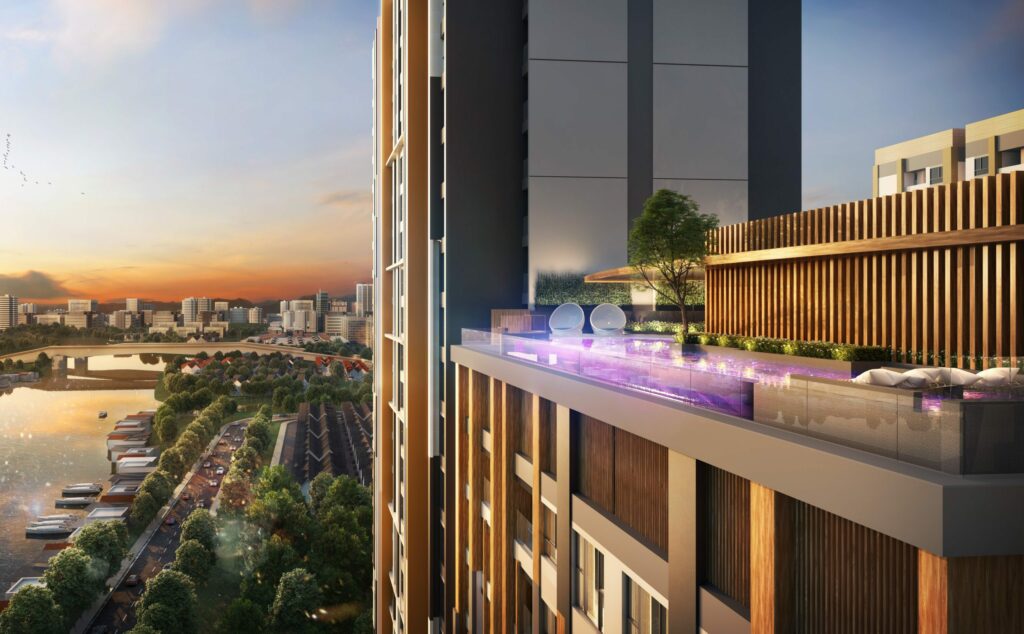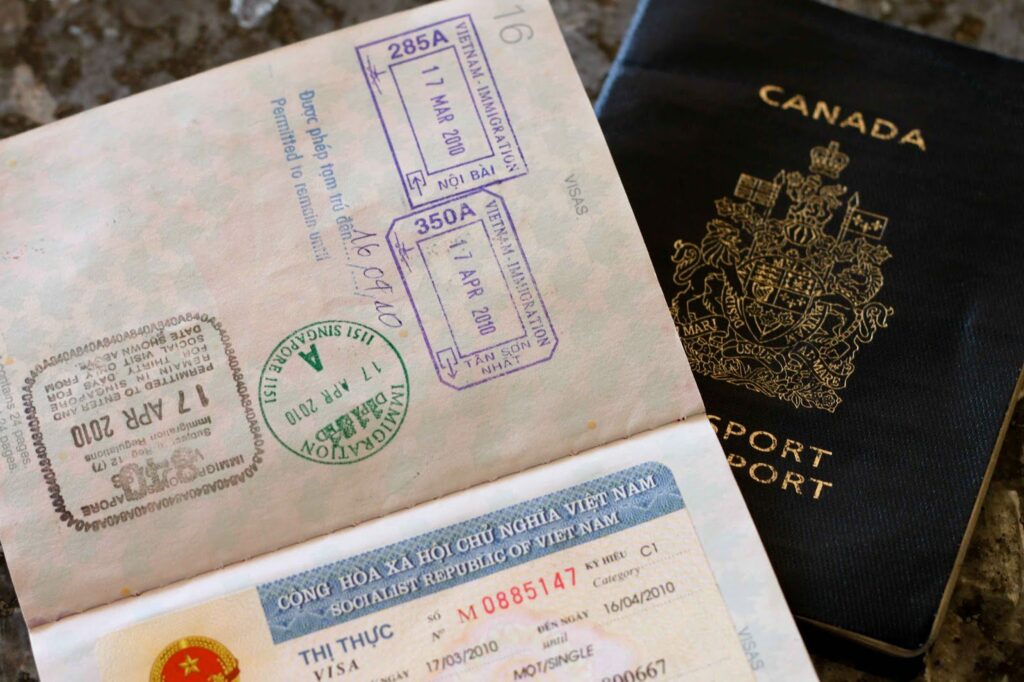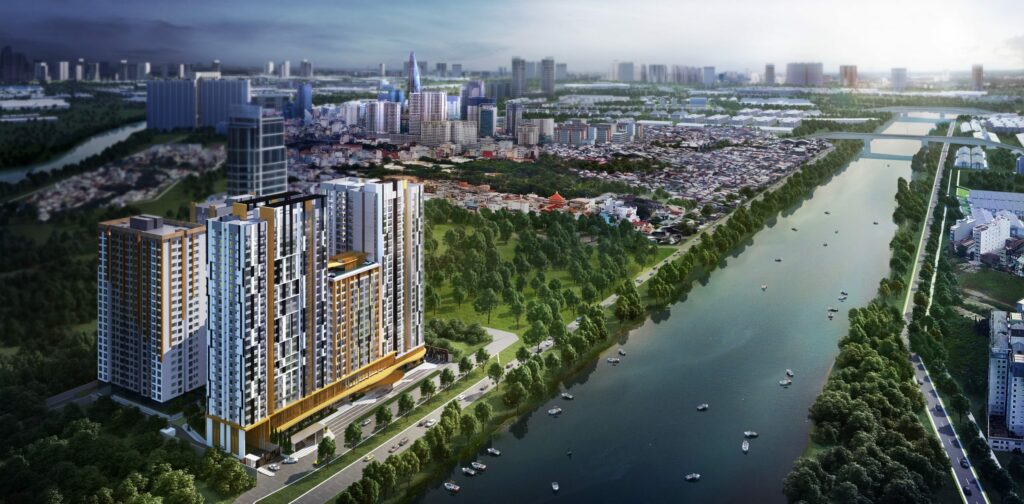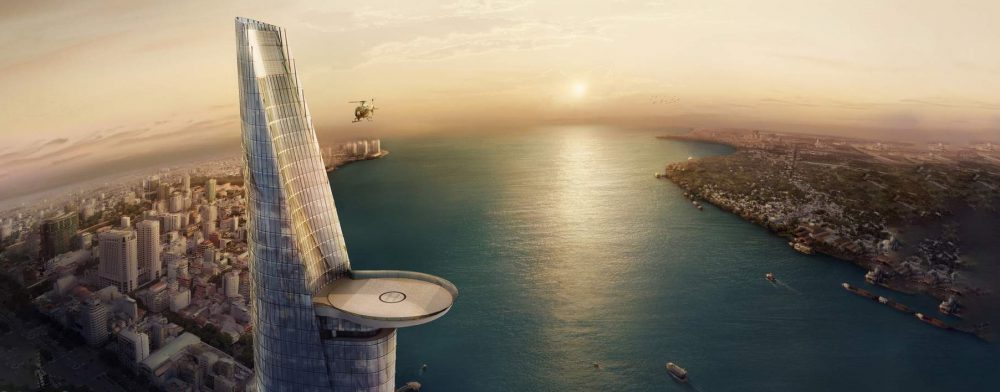It’s obvious as soon as you touch down in Ho Chi Minh City or Hanoi: Vietnam is booming. From colourful pitched-roof townhouses to the high-rises that now pierce the sky, Vietnamese cities are being transformed by new real estate investment.


Much of it is being driven by foreign interest, which goes back to 2007, when Vietnam joined the World Trade Organization. While the property market suffered a five-year slump after the global financial crisis, overseas buyers are back in force, taking advantage of an economy that grew 7.4 percent in the first quarter of this year.
Foreign interest


Since 2015, when the Vietnamese Government made it easier for foreign passport holders to buy real estate, foreigners have been allowed to buy up to 30 percent of the units in each new residential project, a quota that has been quickly filled by investors from Hong Kong, South Korea and mainland China. Wealthy overseas Vietnamese represent another enthusiastic group of investors.
It’s easy to see why there is so much interest. The villa and townhouse sector is particularly vibrant, with 13,000 new units excepted to hit the market over the next two years in Ho Chi Minh City alone, and an absorption rate last year of 67 percent. The apartment sector is equally robust, particularly for lower-end Grade C units, a less developed part of the market than the luxury Grade A sector, and one that is well suited to serve Vietnam’s burgeoning middle class.
Getting into the market
What should potential investors do before they enter Vietnamese housing market? The first step is to understand the law – which isn’t necessarily something you can do on your own. The revised property law of 2015 made it easier for foreigners to own property, but it didn’t necessarily make the purchasing process more straightforward, so make sure you find a good property consultant or lawyer.
Research the area


Vietnam is not a small country, with nearly 100 million residents and a land area that stretches for nearly 2,000 kilometres from north to south. That means there are plenty of opportunities for investment, as long as you do careful research on where you want to invest.
The safest bets are the country’s capital, Hanoi, and its largest city, Ho Chi Minh City. But there are also secondary markets such as the tourist hub of Danang. The resort town of Nha Trang and the suburban expanse of Binh Duong, which sits on Ho Chi Minh City’s doorstep.
Some of the most up and coming areas can be found in the heart of Ho Chi Minh City. A new metro line will be fully operational in 2020, and any development within on kilometre of the line is expected to benefit from an annual capital appreciation of 10 percent, which has been the case around major public transport corridors in many other markets.
It’s also worth looking across the Saigon River at Thu Thiem, which is slated to become Ho Chi Minh City’s second central business district. With a view over District One’s fast growing skyline, Thu Thiem’s pastoral landscape will soon give way to facilities for trade, public services, culture, education – and of course housing.
Source: Kenny Law
